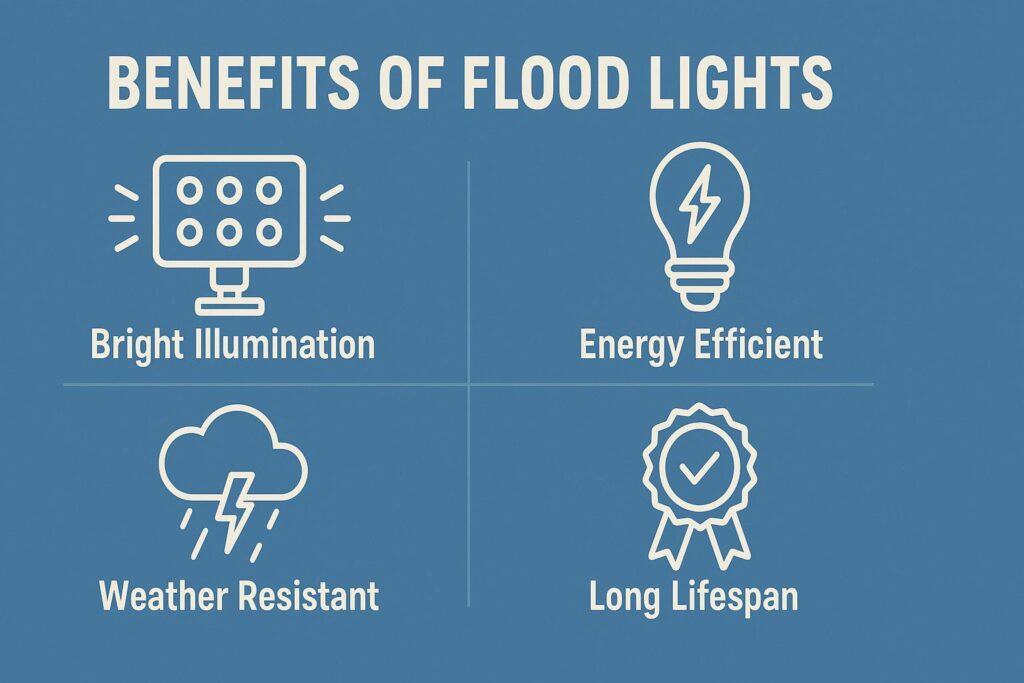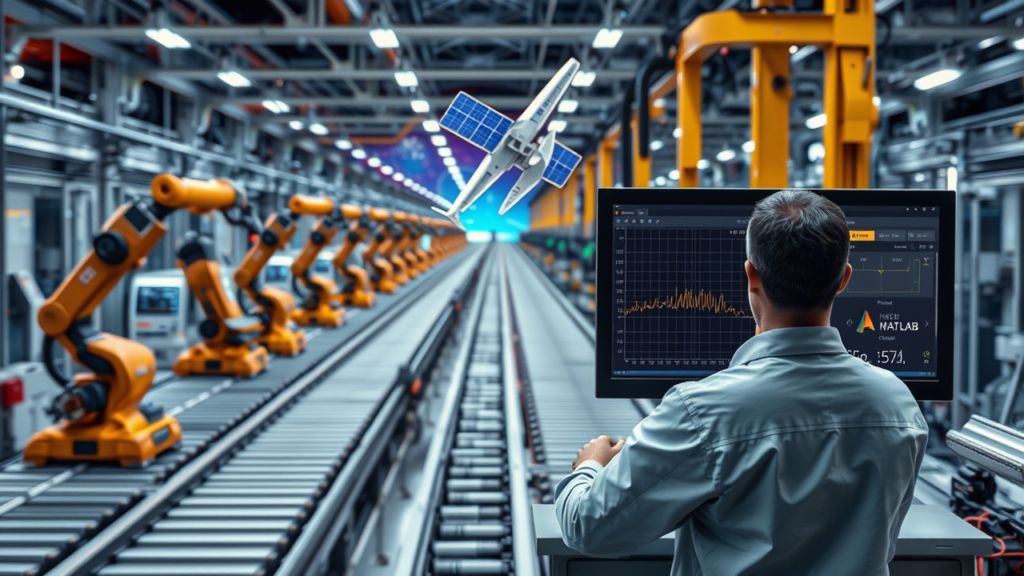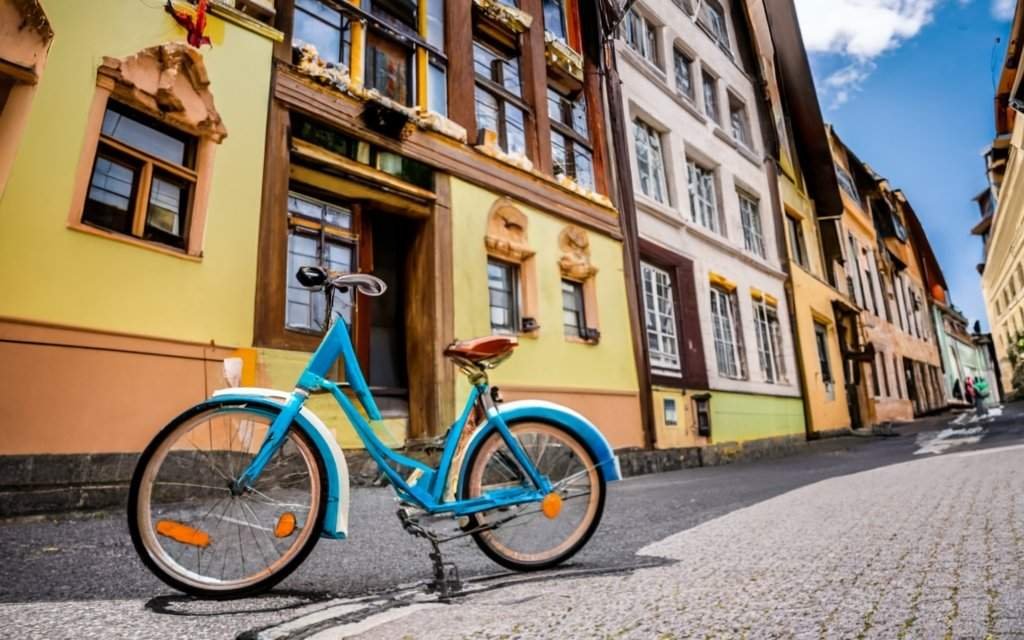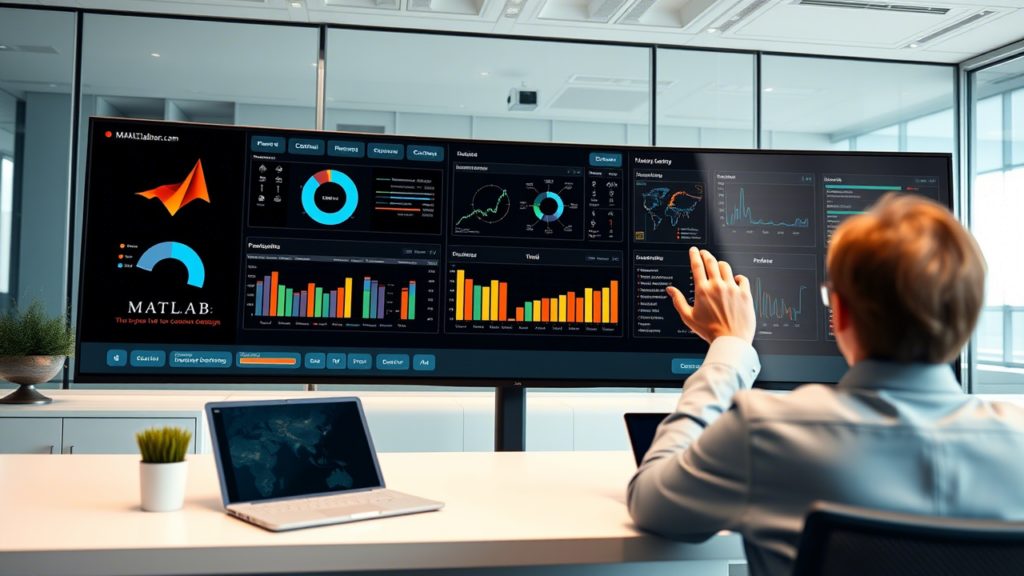Flood Lights produce massive and uniform illumination that covers vast spaces. The lenses or reflectors are employed to shape and regulate the amount of light. The devices are available in a range of temperatures and colors, and their brightness is adjustable to suit individual preferences.
Flood lighting plays a crucial role in many areas, from illuminating stadiums to deterring crime in parking lots. Read on to gain a deeper understanding of its capabilities and its numerous applications.
Illumination
Flood Lights provide high-intensity illumination that can transform dark spaces into places of safety and security, offering illumination of up to several thousand lumens that deters potential threats by making it harder for them to remain unseen.
Once upon a time, metal-halide and sodium-vapour HID floodlights were the go-to solutions for lighting large outdoor areas. Recently, however, LED lighting has seen widespread adoption due to its energy efficiency, low heat generation, and smart features, which result in greater versatility and a longer lifespan for these fixtures.
The lens you choose for your flood lights is crucial to the amount of illumination and coverage you can create within any area. Wide-angle lenses allow for greater illumination, and narrow lenses produce better-focused illumination.
Flood lights with LEDs are additionally equipped with a larger colour Rendering Index (CRI), which ensures accurate and natural shades that are essential in the art or retail setting.
Security
Flood Lighting enhances security for guests and homeowners. Its bright light beam illuminates outdoor spaces and steps more easily for easier walking at night while decreasing risk. Furthermore, flood lighting illuminates any hidden dangers or obstacles, allowing pedestrians to explore freely in darkness without fear of danger.
Flood Lights not only increase visibility but also serve as crime deterrents by making it difficult for intruders to hide in shadowy corners. At the same time, security cameras can easily capture clear images and footage that help identify suspects faster.
The position is of utmost importance when it comes to optimizing flood lights security benefits, particularly their impact against intruders. Floodlights should be installed where intruders might enter most easily, such as dark corners and entryways, or for lighting walkways after dark. Motion-activated floodlights also save energy, as they only illuminate when someone is present, thereby reducing energy costs while providing added peace of mind.
Flood Lights must be carefully placed for maximum efficiency and minimal glare to reduce energy waste, providing ample illumination without overspilling onto neighbouring properties or into them. A level and adjustable mount makes reaching desired results easier.
Aesthetics
Residential flood lights can help deter intruders while lighting darkened areas nearby, improving security while increasing curb appeal and property value. Commercial and industrial settings often utilise floodlights for operations, providing sufficient illumination to ensure safe working environments. These fixtures also add aesthetic touches, such as landscaping, architecture, or interior design, that enhance the overall aesthetics of both outdoor and indoor spaces.
Metal halide, sodium vapour and LED flood lights all offer different colour temperatures, lumen outputs, maintenance requirements and longevity compared to one another. High-pressure sodium floodlights feature warmer colours with lower lumen output than LED models, but remain an effective choice for outdoor lighting. Their lumen-per-watt ratio makes them easily switchable via mobile devices, while offering a longer lifespan and reduced maintenance requirements.
Bright flood lights can be programmed to change colors for holidays and events, creating an upbeat, festive ambience. Additionally, bright floodlights are excellent tools for highlighting artwork or creating a sense of depth and space. Warmer hues evoke feelings of comfort, making them ideal for living areas, while cooler tones add a contemporary style in galleries or exhibition spaces. Furthermore, selecting an appropriate hue helps minimize light pollution while protecting wildlife by minimizing disruptions to both nocturnal species and human circadian rhythms.
Maintenance
These lights can illuminate soccer fields, outdoor areas, stadiums, the interior of homes, or even an entire construction site. Floodlights should be regularly maintained to enhance their effectiveness and extend their lifespan. To do this, keep track of every detail of the lighting system, including installation dates and maintenance logs that you can refer to for review.
Maintenance routines can reduce the chances of issues while saving energy costs. Check wire connections regularly for corrosion damage. Cleanse with a damp sponge or cloth using mild soap to remove stubborn stains. Test the ground connection status to ensure everything continues to function as intended.
Check LED bulbs frequently for any signs of damage or discolouration. Replace them promptly if you notice any signs of flickering or burning. You should consider investing in higher-quality LEDs that last longer than metal-halide bulbs or sodium-vapour bulbs. They also have greater efficiency and lumens per watt, resulting in lower energy bills.
Timers or motion sensors should be used to regulate the operation of floodlights, thereby complying with local curfew regulations while also reducing energy consumption. Installing dimming control allows you to customize intensity levels according to your activities. This feature is convenient in multi-sport facilities where activities require various levels of illumination. Incorporating waterproof LEDs will further minimize humidity-induced damage risk.










